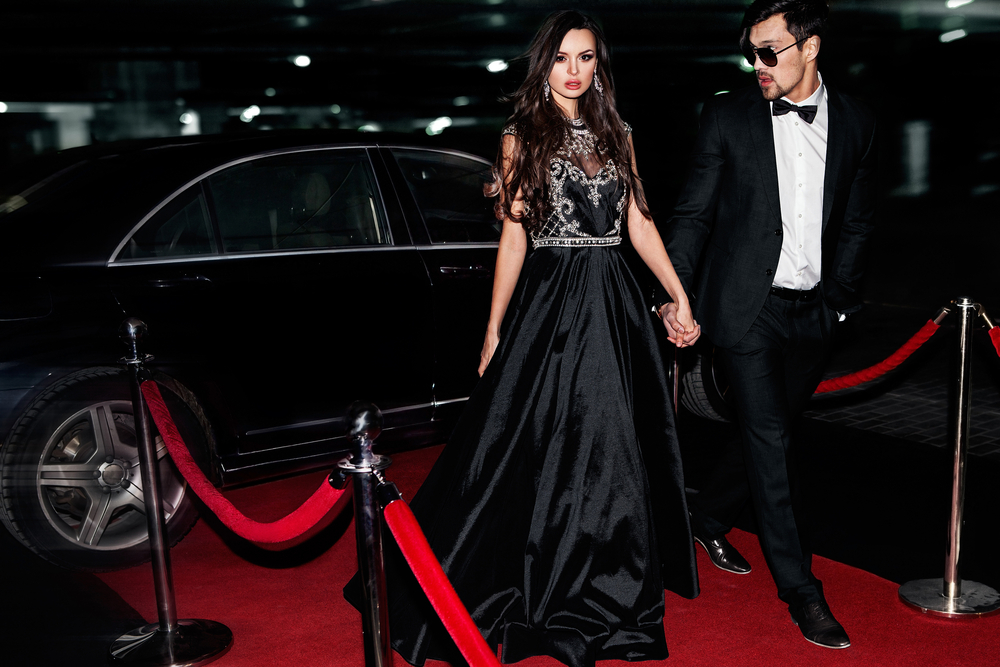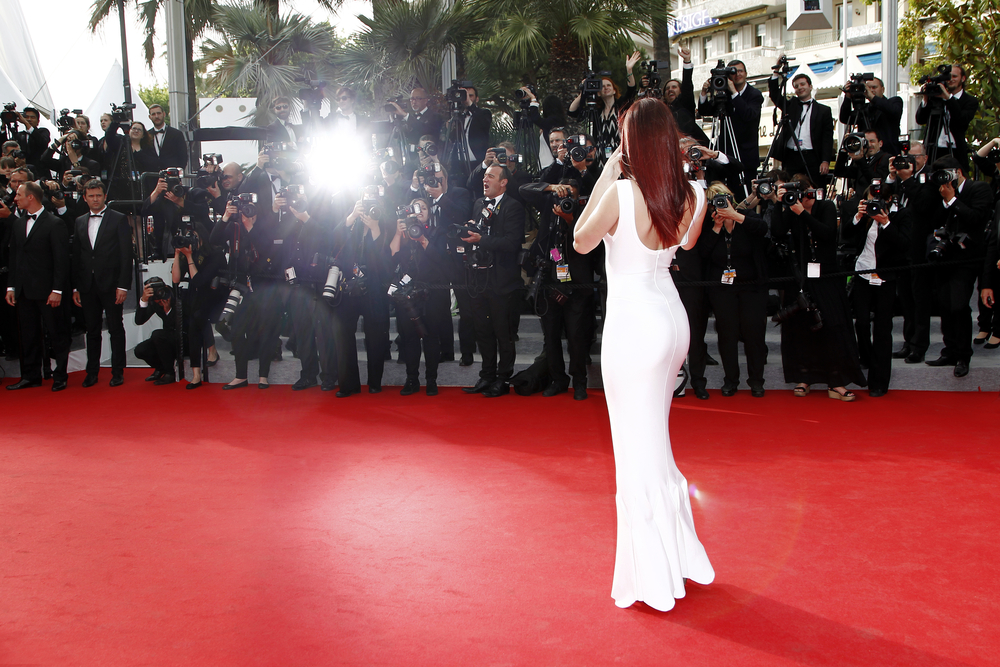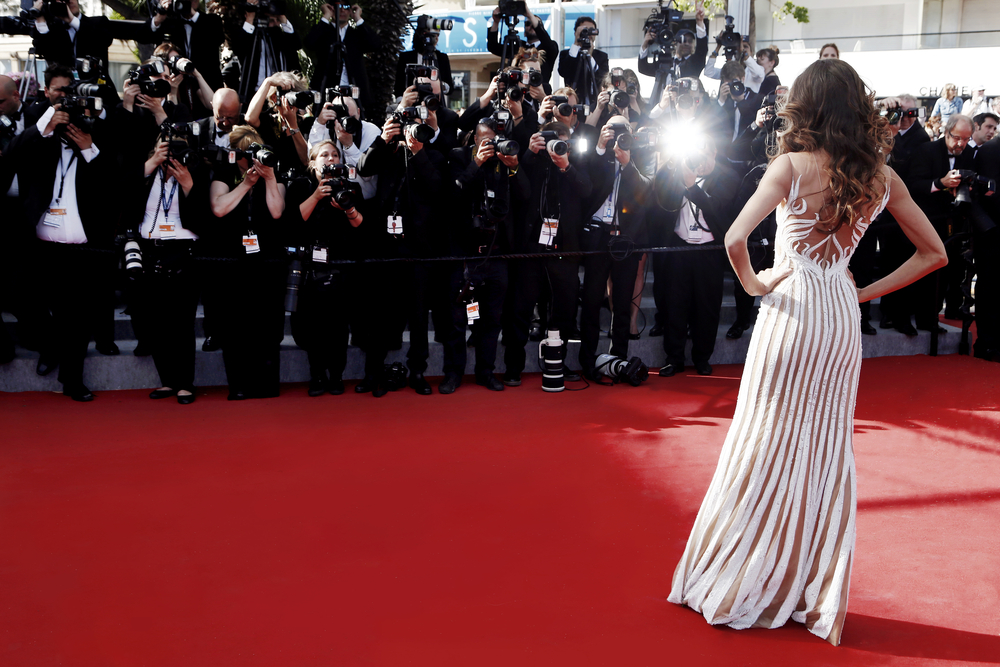The red carpet has long been associated with glitz, refinement, and a showcase for the most admired personalities in the entertainment world. It has developed into a recognizable stage for actors, musicians, and other celebrities to display their style, elegance, and originality. However, the development of red carpet attire goes beyond purely aesthetic considerations; it also reflects societal and cultural changes as well as the empowerment of women in the public eye. The development of red carpet fashion is examined in this article from its beginning to the present, emphasizing the shift from rigorous conformity to uniqueness and empowerment.
The Birth of Red Carpet Fashion
The red carpet’s beginnings can be found in ancient Greece, and it later became well-known in Hollywood in the early 20th century. The crimson carpet had a practical use back then, keeping the feet of the rich and famous away from the grit of the streets. Nevertheless, it quickly developed into a crucial component of film premieres, award presentations, and other high-profile events. As Hollywood’s impact spread around the globe, the red carpet swiftly established itself as a prestigious and fashionable emblem.

The Golden Age of Hollywood and Classic Glamour
Hollywood’s “Golden Age” in the 1930s and 1940s saw the likes of Grace Kelly, Audrey Hepburn, and Marilyn Monroe exemplify traditional glitz on the red carpet. Women wore beautiful evening gowns, frequently created by renowned designers like Hubert de Givenchy and Christian Dior. These famous outfits paved the way for red carpet fashion’s development as a mark of sophistication and elegance.
The Revolution of the 1960s and 1970s
The red carpet mirrored the dramatic changes in societal expectations and fashion preferences that occurred in the 1960s and 1970s. A sentiment of disobedience came to the fore with the emergence of youth culture and countercultural movements. Celebrities like Brigitte Bardot and Jane Birkin chose more casual and bohemian attire, upending conventional ideas of red carpet attire. The period saw the introduction of pantsuits and lower hemlines, greatly enhancing the variety of red-carpet looks.
The 1980s and 1990s: Boldness and Experimentation
On the red carpet, the 1980s and 1990s saw a lot of audacity and experimentation. Celebrities started adopting risky and provocative looks with the development of powerful designers like Versace and Thierry Mugler. Numerous colorful gowns with shoulder pads and risqué patterns were seen on the red carpet. A more empowered and personal approach to dressing was demonstrated by icons like Madonna and Cher, who paved the way for edgy and boundary-pushing fashion.
The New Millennium: Empowerment and Diversity
- The red-carpet fashion scene witnessed a significant upheaval as the millennium arrived. The emphasis switched from following rigid fashion rules to valuing uniqueness, diversity, and empowerment. Celebrities started promoting social and political concerns during their red-carpet appearances. The 2019 Oscars’ pink and blue ribbons for the ACLU’s “Stand with ACLU” campaign and the 2018 Golden Globes’ black outfits in support of the Time’s Up movement are just two examples.
- In addition, fashion designers began working with actors and actresses to develop looks that not only reflected their personal style but also sent strong messages. Red carpet attire has evolved into a vehicle for promoting diversity, environmentalism, and body positivity.

The Impact of Social Media
The development of social media has further transformed red-carpet attire. Fans were able to participate in the event digitally and have conversations regarding outfit choices thanks to the instant sharing of red-carpet outfits. Through websites like Instagram and Twitter, celebrities were able to have more influence over their public personas and personal brands, which increased the emphasis on original and genuine looks.
Red carpet attire has evolved along a path from rigid conformity to uniqueness and empowerment. The red carpet has seen a wide range of fashions that represent the constantly shifting socioeconomic backdrop, from vintage Hollywood grandeur to bold experimentation. Today, it serves as a platform for self-expression, empowerment, and a celebration of variety rather than just being a glitzy pathway. Red carpet attire will keep changing as time goes on, reflecting the ideals and goals of the vibrant and diverse entertainment industry.

